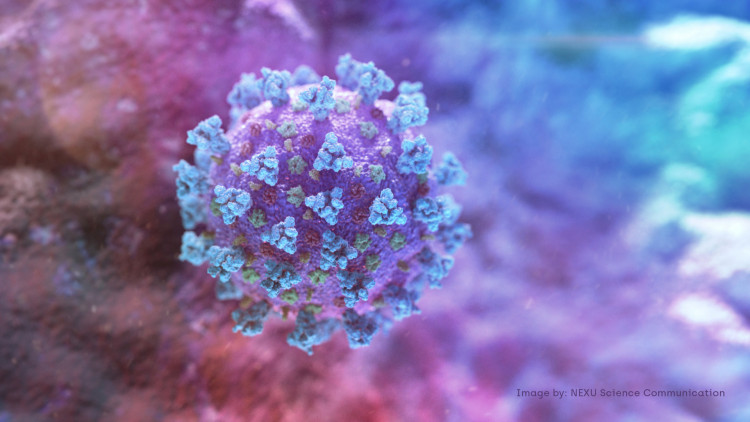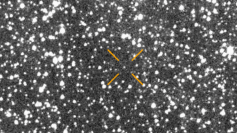New research claims that COVID-19 herd immunity could be achieved with fewer people acquiring the virus than previously believed.
Scientists from the University of Stockholm and the University of Nottingham came up with a model that categorized people into groups reflecting social activity level and age. When both factors are considered in the model, the level of herd immunity drops down from 60% to 43%. Note that 43% is an illustrative representation rather than an exact value.
What exactly is herd immunity?
Herd immunity is a form of indirect protection from infectious disease that happens when so many people have become immune to infection. This could happen upon getting a vaccine or when natural immunity is developed. When a large percentage becomes immune, the spread of that disease eventually stops.
Researchers had taken a new mathematical approach in order to estimate the herd immunity level for a population to a contagious disease, like in the case of the current coronavirus pandemic. The herd immunity threshold is defined as the percentage of the population that must become immune for the disease to stop spreading when all preventive measures are lifted.
For COVID-19, experts have previously stated that the herd immunity level is approximately 60%, a figure obtained from the portion of the population that must receive a vaccine to prevent an even larger outbreak. This figure is based on the assumption that each person is vaccinated, thus developing immunity. But the figure is entirely different if immunity is acquired as a result of disease spreading in a population consisting of people with many different behaviors.
"By taking this new mathematical approach to estimating the level for herd immunity to be achieved we found it could potentially be reduced to 43%," University of Nottingham's Frank Ball said. "This reduction is mainly due to activity level rather than age structure."
The research described that people that live more socially active lives are more likely to get infected than those that are less socially active, and they are also more likely to spread the disease because of this active social behavior. Consequently, there is a lower herd immunity level when immunity is caused by disease spreading than when it comes from vaccination.
Applied in the current coronavirus pandemic, these findings suggest that social activity level and other individual variation is a critical aspect to consider in determining herd immunity and in models that help design policy.
The research has been published in the journal Science.





